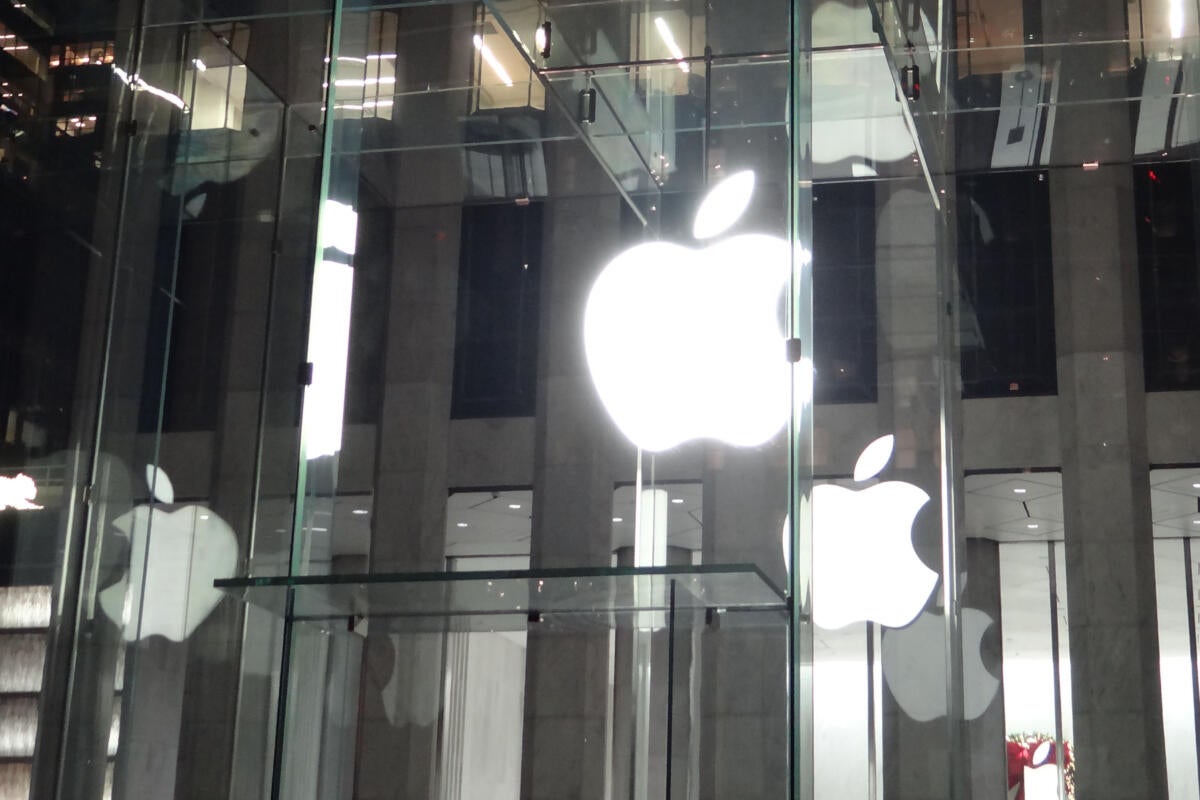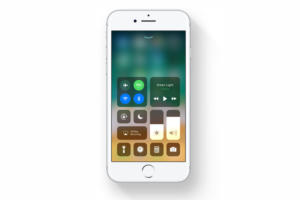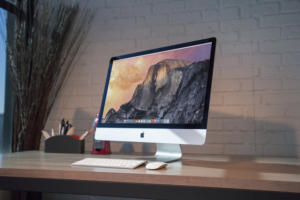Apple knows best (or so it would have you believe)

If there’s one philosophy that seems to exemplify the vast majority of decisions that Apple has made about their products, it’s this: “We know best.”
Now, I get it. That’s kind of the upside of having a benevolent dictator: decisions get made for you, and you don’t have to worry yourself about making the right ones. Of course, the downside to a benevolent dictator is that they’re still, fundamentally, a dictator.
Apple’s taken its fair share of backlash over these kind of high-level decisions throughout the years, and the latest firestorm is about the company’s decision to make the tradeoff of battery life versus performance in older iPhones. Whether or not the company is right to have chosen for us, it’s now walking that decision back, with Tim Cook saying this week that a future version of iOS will allow users to decide for themselves.
Which, of course, got me thinking about other places that Apple could stand to give users a little more agency instead of making the “best” decisions for us.
No party like a third-party
Since the very first days of the iPhone, Apple has mandated its apps be the default option for the likes of email, web browsing, and so on. In that first year or so, when there were no third-party apps, this made perfect sense: click on a mail link in Safari and of course a new message opens in Mail. It’s simple, it’s easy, and when people were first coming to grips with the iPhone’s capabilities, it meant that you didn’t have to worry about what app you were going to see when you took a specific action.
But a decade later Apple’s vibrant ecosystem has spawned plenty of third-party apps that compete with its own built-in ones—yet the rules of default apps haven’t changed. Some third-party developers have found ways to make an end-run around Apple’s decision here: Google, for example, basically has its own micro-ecosystem inside iOS. You could run Chrome and the Gmail, Google Maps, and Google Calendar apps, just to name a few, and live mostly inside that realm…but you’ll still find yourself occasionally sucked back into Apple’s default apps from time to time.
On the Mac side, Apple has long allowed users to define their own default apps for mail and browsing, mostly because it dates back to an era when Apple didn’t make its own version of either of those. (Mail’s, though, is pretty silly, since you have to select it from inside Mail.)
Starting in iOS 10, you can actually get rid of some of Apple’s default apps on the iPhone and iPad—though not Safari, which is deemed too critical—but that doesn’t magically open up a way to define other apps as the new defaults. It’s about time Apple follows through and lets users make their own decision about the apps they want to use for the tasks they do every day.
Put you in control (center)
 Apple
AppleApple improved Control Center quite a bit in iOS 11, especially in letting you choose which shortcut buttons appear in it. But it didn’t go quite far enough. Just as you can’t select different default apps, you can’t add Control Center shortcuts for third-party apps at all. Doesn’t matter if it’s an app that serves the same purpose as one of Apple’s—a third-party calculator app, for example—or even just a third-party app that you want to have quick access to.
That’s a real shame, because Control Center is mostly a fantastically useful screen. (Okay, I might take slight issue with the new swipe-down behavior on the iPhone X, purely from an ergonomics perspective.) Given the enthusiasm with which Apple touts its rich third-party app ecosystem, it’d be nice if the company put its money where its mouth is and ceded part of those high profile spots to let users put their own apps where they’d like them.
Expand on that
We all know Apple likes to make its hardware products sleek and thin and attractive. And hey, it’s part of why many of us probably choose devices from Apple over those from its competitors. But all of that has come with a price, and that price is almost any form of expandability.
 Rob Schultz
Rob SchultzI’m not going to say that you need to be able to open up every single Apple product you have and tinker around with the insides, but especially on the Mac line, it feels like it would be nice to trade a little bit of design aesthetic for a little bit of modularity. At the very least, users should be able to upgrade the RAM on their desktop computers. The fact that neither the 21-inch iMac nor the Mac mini have user-upgradeable RAM merits a little bit of an eye-roll.
I get that most consumers probably don’t spend a lot of time upgrading their RAM or hard drives, but there are folks who do, whether to get a little more life out of their own Mac, or make it more compelling to pass on to another family member. That’s got its own benefits to Apple at the end of the day, and it’d be a pleasant surprise for Apple to acknowledge that, instead of treating those devices like hermetically-sealed magic boxes. It would go a long way to making Mac users feel like their choice of platform gives them a few more choices along the way.


